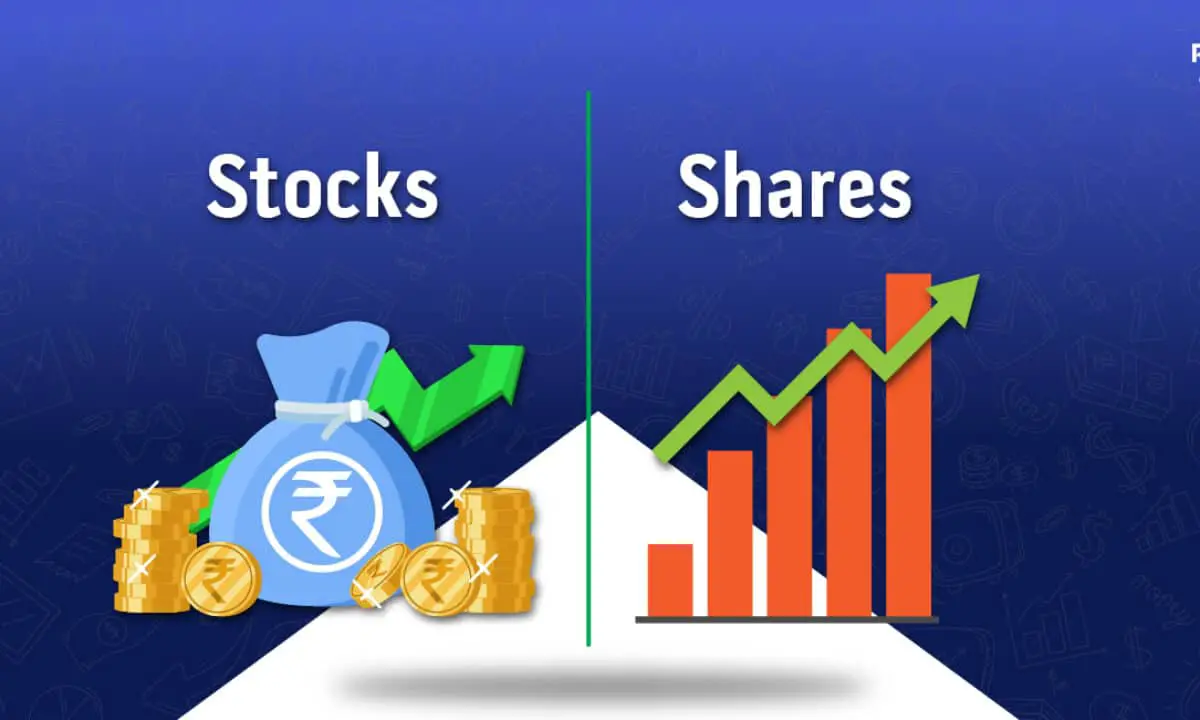Table of Contents
Preferred stocks, often called hybrid securities, combine the features of both equity and debt instruments, presenting a unique investment option. This comprehensive analysis delves into why preferred stocks are considered hybrid securities and their importance, features, types, and usage in the corporate world.
Preferred stock is a type of hybrid stock that provides dividends before any dividend is paid to common stocks (preferred stockholders have a higher claim to dividends or asset distribution than common stockholders). It includes properties of both an equity and a debt instrument.

Why Preferred Stock is a Hybrid Security
Preferred stocks are categorized as hybrid securities because they incorporate elements of both equities (common stocks) and debt instruments (bonds). This dual characteristic offers investors a blend of benefits from both types of financial instruments.
Equity Characteristics:
- Dividend Payments: Similar to common stocks, preferred stocks provide dividends to their holders. However, these dividends are usually fixed and must be paid out before any dividends can be issued to common stockholders.
- Ownership in the Company: Holders of preferred stocks have a stake in the issuing company, albeit with limited or no voting rights.
Debt Characteristics:
- Fixed Dividends: Like bond interest payments, preferred stocks offer fixed dividend rates, providing a predictable income stream.
- Priority in Liquidation: In liquidation, preferred stockholders have a higher claim on assets than common stockholders, although their claims are subordinate to those of bondholders.
Importance of Preferred Stocks
Preferred stocks hold a significant place in the corporate finance landscape for several reasons:
- Priority Over Common Stockholders: Preferred shareholders receive dividend payments before any dividends are paid to common stockholders. This priority makes preferred stocks an attractive option for income-focused investors.
- Higher Claim in Liquidation: While preferred stockholders rank below bondholders in claims, they are prioritized over common stockholders during liquidation. This offers an added layer of security to preferred stock investors.
- Fixed Income: The fixed dividend payments associated with preferred stocks make them an appealing investment for those seeking stable income, akin to the interest payments received from bonds.
- Credit Rating: Preferred stocks are evaluated by major credit rating agencies, although they generally receive lower ratings than bonds due to the non-guaranteed nature of their dividend payments.
Features of Preferred Stocks
Preferred stocks come with a variety of features that distinguish them from common stocks:
- Preference in Dividends: Preferred stocks usually have the first right to dividend payments, although these payments are not guaranteed. They can be cumulative, where unpaid dividends accumulate and must be paid out before any ordinary stock dividends, or non-cumulative, where unpaid dividends do not accumulate.
- Preference in Assets: In liquidation scenarios, preferred stockholders claim the company’s assets before common stockholders, making them a safer investment than common stocks.
- Callability: Many preferred stocks are callable, allowing the issuing company to repurchase them at its discretion, typically after a specified period.
- Higher Yields: Preferred stocks generally offer higher dividend yields than common stocks, compensating for the lack of voting rights and other equity-like features.
- Non-voting Rights: Most preferred stocks do not carry voting rights, although some may grant voting rights under specific circumstances, such as when dividends are in arrears.
Types of Preferred Stocks
Preferred stocks can be categorized into various types, each with unique characteristics:
- Cumulative Preferred Stock: These stocks accumulate unpaid dividends, which must be paid before any dividends are issued to common stockholders.
- Non-cumulative Preferred Stock: These stocks do not accumulate unpaid dividends, and investors forfeit any missed dividend payments if they are not declared.
- Prior Preferred Stock: These stocks have the highest priority among preferred stocks and are paid dividends first if funds are available.
- Preference Preferred Stock: Issued when companies have multiple preferred stock issues, these stocks rank above other preferred stocks in terms of priority.
- Convertible Preferred Stock: These stocks can be converted into a predetermined number of common shares, offering the potential for capital appreciation.
- Exchangeable Preferred Stock: These stocks can be exchanged for other securities, providing flexibility to the investor.
- Participating Preferred Stock: Holders receive fixed dividends and may also receive additional dividends based on the company’s financial performance.
- Perpetual Preferred Stock: These stocks have no fixed redemption date, meaning they can remain outstanding indefinitely.
- Putable Preferred Stock: Holders can force the company to repurchase the stock at a predetermined price.
- Monthly Income Preferred Stock: These stocks combine characteristics of subordinated debt and preferred stock, providing monthly income to investors.
Usage of Preferred Stocks
Companies utilize preferred stocks for various strategic purposes:
- Financing: Preferred stocks serve as a source of capital, offering companies a way to raise funds without significantly increasing their debt burden.
- Dividend Flexibility: Companies can defer dividend payments on preferred stocks without facing the severe consequences of missing bond interest payments, providing greater financial flexibility.
- Takeover Defense: Preferred stocks can be structured with super-voting rights or high liquidation values to deter hostile takeovers.
- Conversion and Exchange Features: Companies issue preferred stocks with conversion or exchange features to appeal to different types of investors and to manage their capital structure effectively.
Conclusion
With their hybrid nature, preferred stocks offer a unique investment opportunity by combining the attributes of equity and debt instruments. Their preference for dividends and asset claims, higher yields, and various types make them a versatile tool for investors seeking stable income and companies looking for flexible financing options. Despite their lack of voting rights and potential risks, the strategic issuance and usage of preferred stocks play a crucial role in the financial strategies of corporations. As such, preferred stocks remain a vital component of the financial markets, providing a bridge between the security of bonds and the growth potential of common stocks.
























